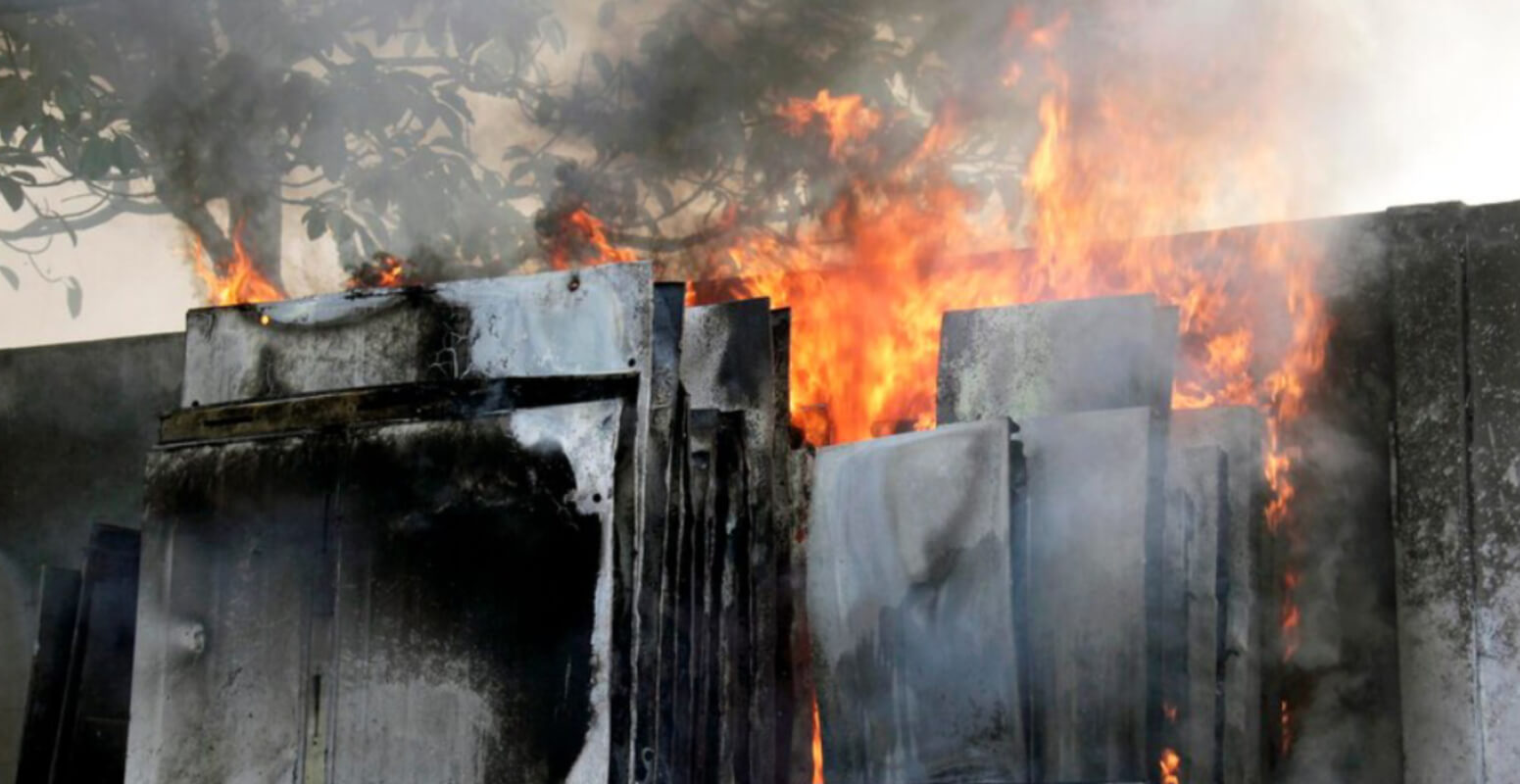Fact: Nearly every basement has faced water at some point—and fixing damage after a storm can cost twice as much as preparing ahead of time.
When the sky turns dark and rain starts pouring, your basement doesn’t have to become a disaster zone. With clear steps and simple tools, you can keep your home dry and avoid the stress of big repairs later on.
Seal Cracks Before Water Sneaks In
Water finds even tiny gaps. Check your foundation walls and floor for small holes. If you spot a crack from an old water pipe break or near a spot where a water line break once happened, use a waterproof sealant. A quick patch stops moisture from seeping in and causing floor water damage or forcing costly structural restoration.
Keep Rain Away with Good Drainage
Even a solid seal can’t fight a flood of water rushing toward your walls. Install a simple drain system at the bottom of your basement walls. These tiny pipes collect water and send it into a sump pit. Pair that with a strong pump so water flows out instead of in. This setup cuts back on the need for emergency water extraction & removal or full flood damage cleanup when heavy rain hits.
Clean Gutters So Water Flows Clear
Leaves and debris can block gutters and cause water to overflow right next to your house. In ten minutes, an overflowing downspout can dump gallons of water against your foundation. Clean your gutters regularly, and make sure downspouts lead water at least five feet away from the house. That small chore keeps you from calling in storm and wind damage cleanup experts after a bad storm.
Shape Your Yard to Guide Water Away
A yard sloped away from your home is one of the easiest fixes. Even a slight slope will send water downhill. For spots that stay soggy, a French drain—just a gravel trench with a pipe—can carry water away. Plants with deep roots also help soak up extra water, reducing the need for later plumbing overflow cleanup or clogged drain overflow fixes.
Watch Your Appliances for Leaks
Small drips can become big floods if ignored. A loose hose on your washing machine or a crack in your fridge line leads to sudden appliance leak cleanup emergencies. Check hoses and valves once a year. Replace old parts before they fail, so you don’t end up needing a broken water pipe repair or a call for a pipe leak cleanup service.
Protect Against High Water Tables
If groundwater sits high in your area, it pushes against your walls from the outside. To stop this, install a waterproof membrane on your foundation’s exterior and add footing drains around the base. This extra barrier keeps unseen water out and cuts down on costly flood damage repairs.
Guard Windows and Doors
Basement windows, vents, and doors are open invitations for stormwater. Use strong window well covers and seal kit doors with watertight gaskets. These simple shields cut off easy entry points, so you avoid both toilet overflow cleanup mishaps from nearby plumbing and major storm damage restoration after heavy rain.
Test Your Pump and Tools
Your sump pump is your best friend in a flood. Test it each month by pouring water into the pit—make sure it kicks on and pumps water out. Keep a battery backup so you have emergency water restoration power even during outages. Store a wet/dry shop vac nearby for quick water damage cleanup or bathroom sink overflow rescue.
Have a Clear Plan with Your Family
When rain starts, every minute counts. Make a simple checklist: who checks weather alerts, who clears gutters, who tests pumps. Share this plan with family or neighbors so you’re never scrambling. Assign someone to watch for kitchen sink overflow, shower & tub overflow, or a sudden main water line break.
Store Valuables Up High
Even with prep, water can surprise you. Keep heirlooms, electronics, and important papers on shelves or in waterproof bins. If your basement floods, these items stay safe and you won’t spend extra on fire damage restoration or fire damage cleanup because water and sparks sometimes meet.
Keep Records for Insurance
No one likes paperwork, but it saves time when filing claims. Photograph weak spots, note when you cleaned gutters or sealed cracks, and keep receipts for any maintenance. This makes your case clear if you ever need help covering a burst pipe damage cleanup or smoke damage cleanup after a small electrical fire.
Work with Experts Before Storms Hit
A quick check by pros can spot hidden trouble—like mold risks from past sewage removal & cleanup jobs or slow leaks behind drywall. They use simple tools, such as moisture meters, to find damp spots you can’t see. An annual checkup saves you from urgent fixes later.
Stay Ready All Year
Rain or shine, keep an eye on your system. Clean gutters in autumn. Test pumps before spring storms. Replace hoses on appliances in winter. By staying on top of small tasks, you dodge the big headaches of flooding, water damage restoration, and messy flood damage cleanup.

 Get To Know Us
Get To Know Us








 We Offer Financing
We Offer Financing




